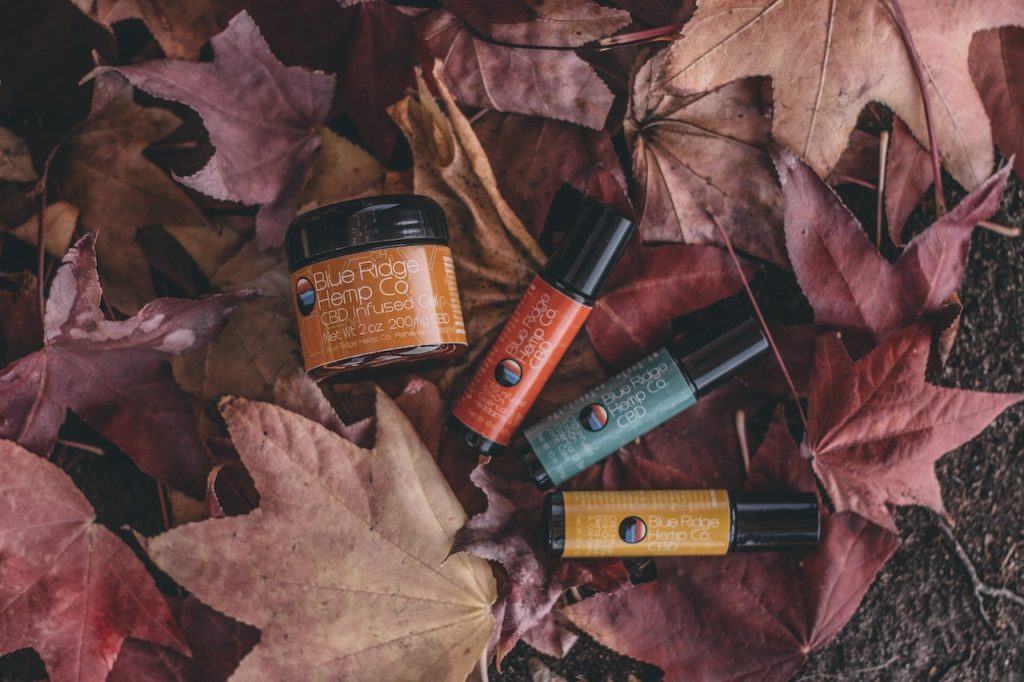Medical marijuana

There are few subjects that can stimulate stronger feelings amongst medical professionals, researchers, scientists, policy manufacturers, and the general public than medical marijuana. Is it safe? Should it be legal? Legalized? Has its effectiveness been confirmed? What problems is it helpful for? Is it addictive? Just how do we keep it out of the hands of teens? Is it actually the “wonder drug” that people declare it is? Is medical cannabis just a tactic to legalize cannabis generally?
These are simply a few of the outstanding inquiries around this topic, questions that I am going to studiously stay clear of so we can concentrate on two certain locations: why do people discover it beneficial, and how can they discuss it with their medical professional?
Marijuana is currently legal, on the state degree, in 29 states, and in Washington, DC. It is still illegal from the federal government’s perspective. The Obama administration did not make prosecuting medical marijuana also a small concern. President Donald Trump guaranteed not to disrupt people that use clinical marijuana, though his administration is currently endangering to reverse this plan. About 85% of Americans support legalizing medical marijuana, and it is approximated that at least a number of million Americans currently utilize it.
Marijuana without the high
Least debatable is the essence from the hemp plant known as CBD (which stands for cannabidiol) since this element of marijuana has bit, if any, intoxicating homes. Marijuana itself has greater than 100 energetic parts. THC (which means tetrahydrocannabinol) is the chemical that triggers the “high” that supports cannabis intake. CBD-dominant pressures have little or no THC, so patients report extremely little if any kind of change in consciousness.
Clients do, however, report many advantages of CBD, from eliminating insomnia, anxiousness, spasticity, and discomfort to dealing with possibly serious conditions such as epilepsy. One specific kind of childhood epilepsy called Dravet disorder is almost impossible to manage yet reacts substantially to a CBD-dominant strain of marijuana called Charlotte’s Web. The videos of this are significant.
Uses of medical marijuana
One of the most usual usage for medical marijuana in the United States is for discomfort control. While marijuana isn’t solid enough for serious discomfort (for example, post-surgical discomfort or a damaged bone), it is quite effective for the persistent pain that torments numerous Americans, particularly as they age. Part of its appeal is that it is plainly much safer than opiates (it is difficult to overdose on and far less addictive) and it can fill in NSAIDs such as Advil or Aleve, if individuals can’t take them as a result of problems with their kidneys or ulcers or GERD.
In particular, marijuana shows up to ease the pain of numerous sclerosis, and nerve pain generally. This is a location where couple of various other options exist, and those that do, such as Neurontin, Lyrica, or narcotics are very sedating. Clients assert that cannabis permits them to resume their previous activities without sensation completely out of it and disengaged.
Along these lines, marijuana is claimed to be a superb muscle mass relaxant, and individuals swear by its capacity to lessen tremblings in Parkinson’s condition. I have actually likewise heard of its use fairly successfully for fibromyalgia, endometriosis, interstitial cystitis, and the majority of various other conditions where the last typical path is persistent pain.
Cannabis is also utilized to take care of nausea or vomiting and weight-loss and can be utilized to treat glaucoma. An extremely promising location of study is its usage for PTSD in professionals who are returning from combat zones. Numerous veterans and their specialists report radical improvement and clamor for even more researches, and for a helping to loosen of governmental restrictions on its study. Clinical marijuana is also reported to aid patients dealing with pain and squandering syndrome associated with HIV, as well as short-tempered bowel syndrome and Crohn’s condition.
This is not intended to be an inclusive list, but rather to give a short survey of the types of problems for which clinical marijuana can offer alleviation. As with all remedies, claims of effectiveness ought to be critically evaluated and treated with care.
Chatting with your medical professional
Numerous people find themselves in the situation of intending to discover more regarding medical cannabis, but really feel embarrassed to bring this up with their medical professional. This remains in part because the medical area has actually been, overall, extremely prideful of this issue. Medical professionals are now playing catch-up and attempting to maintain ahead of their clients’ expertise on this problem. Other individuals are currently utilizing medical cannabis, however don’t understand how to inform their medical professionals regarding this for anxiety of being chided or slammed.
My recommendations for individuals is to be totally open and honest with your physicians and to have high expectations of them. Tell them that you consider this to be part of your care and that you anticipate them to be educated concerning it, and to be able to at the very least point you in the direction of the information you require.
My guidance for physicians is that whether you are professional, neutral, or against medical marijuana, individuals are welcoming it, and although we do not have extensive research studies and “gold standard” evidence of the advantages and risks of clinical marijuana, we require to learn more about it, be unbiased, and above all, be non-judgmental. Otherwise, our individuals will certainly seek out various other, much less reliable sources of details; they will certainly continue to use it, they simply will not inform us, and there will be that much less trust and strength in our doctor-patient partnership. I typically hear problems from various other doctors that there isn’t adequate proof to recommend medical cannabis, yet there is even much less scientific evidence for sticking our heads in the sand.